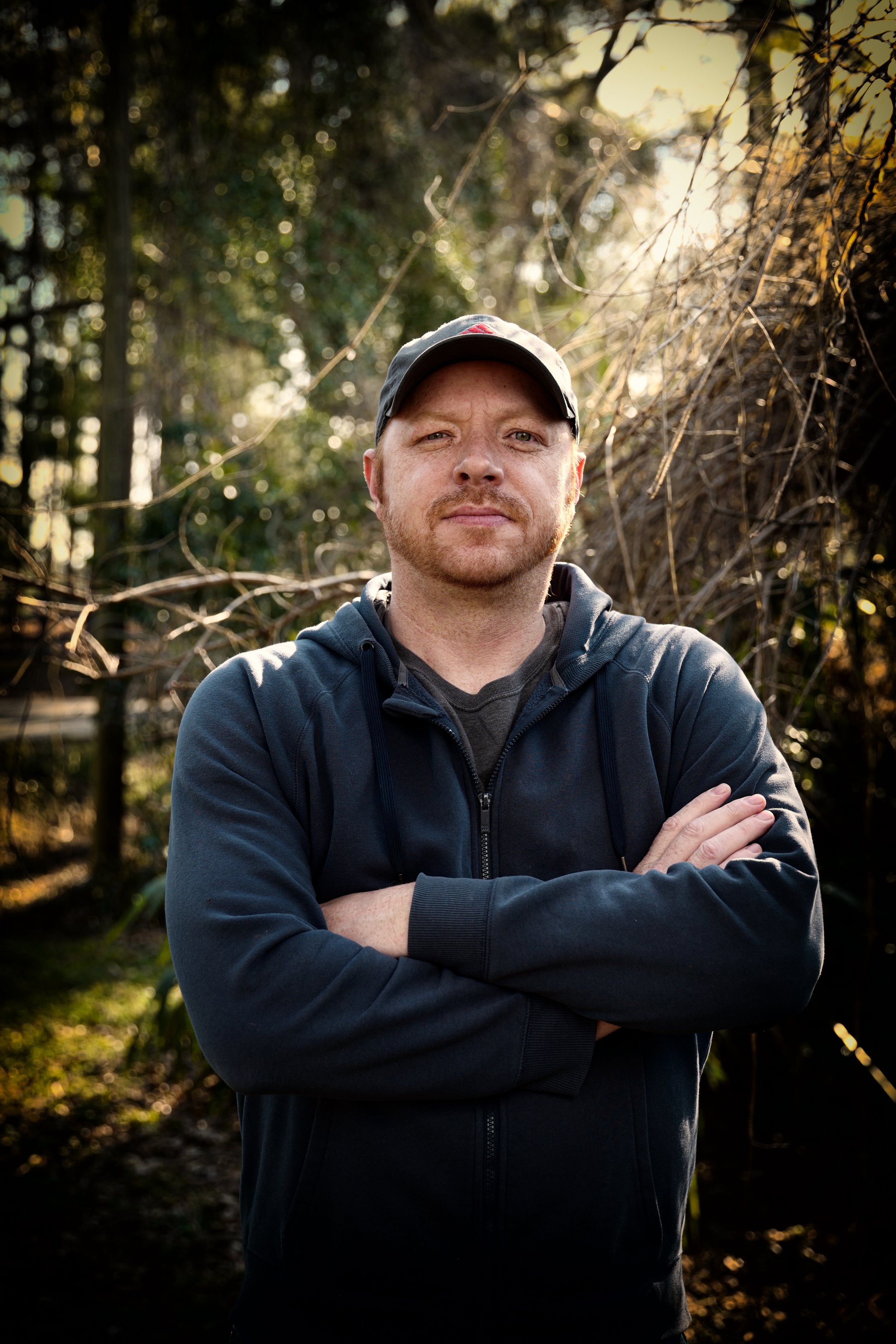The Single Strategy To Use For Circular Dichroism
The Single Strategy To Use For Circular Dichroism
Blog Article
Uv/vis/nir Things To Know Before You Buy
Table of ContentsGet This Report on SpectrophotometersUnknown Facts About Circular DichroismHow Spectrophotometers can Save You Time, Stress, and Money.The 20-Second Trick For SpectrophotometersOur Uv/vis Ideas

Spectrophotometry is a tool that hinges on the quantitative analysis of molecules depending on how much light is soaked up by colored substances.
Uv/vis Things To Know Before You Get This
A spectrophotometer is commonly used for the measurement of transmittance or reflectance of options, transparent or opaque solids, such as sleek glass, or gases. Although numerous biochemicals are colored, as in, they soak up noticeable light and therefore can be determined by colorimetric treatments, even colorless biochemicals can often be converted to colored substances appropriate for chromogenic color-forming responses to yield compounds suitable for colorimetric analysis.: 65 However, they can likewise be designed to determine the diffusivity on any of the listed light varieties that generally cover around 2002500 nm utilizing various controls and calibrations.
An example of an experiment in which spectrophotometry is utilized is the decision of the equilibrium constant of a solution. A particular chain reaction within a solution may happen in a forward and reverse direction, where reactants form products and products break down into reactants. At some time, this chemical reaction will reach a point of balance called a stability point.
8 Easy Facts About Spectrophotometers Described
The amount of light that passes through the service is indicative of the concentration of certain chemicals that do not allow light to travel through. The absorption of light is because of the interaction of light with the electronic and vibrational modes of molecules. Each kind of molecule has an individual set of energy levels associated with the makeup of its chemical bonds and nuclei and therefore will absorb light of specific wavelengths, or energies, leading to special spectral residential or commercial properties.
They are extensively used in lots of markets including semiconductors, laser and optical production, printing and forensic examination, as well as in labs for the study of chemical compounds. Spectrophotometry is typically utilized in measurements of enzyme activities, decisions of protein concentrations, determinations of enzymatic kinetic constants, and measurements of ligand binding reactions.: 65 Ultimately, a spectrophotometer is able to identify, depending on the control or calibration, what compounds are present in a target and precisely how much through computations of observed wavelengths.
This would come as a service to the formerly developed spectrophotometers which were unable to soak up the ultraviolet correctly.
A Biased View of Circularly Polarized Luminescence
It would be found that this did not give acceptable outcomes, for that reason in Model B, there was a shift from a glass to a quartz prism which permitted better absorbance results - spectrophotometers (https://calendly.com/olisclarity1/30min). From there, Design C was born with a change to the wavelength resolution which wound up having three systems of it produced
It was produced from 1941 to 1976 where the rate for it in 1941 was US$723 (far-UV accessories were an option at extra cost). In the words of Nobel chemistry laureate Bruce Merrifield, it was "most likely the most crucial instrument ever established towards the improvement of bioscience." Once it ended up being terminated in 1976, Hewlett-Packard produced the first commercially offered diode-array spectrophotometer in 1979 called the HP 8450A. It irradiates the sample with polychromatic light which the sample absorbs depending upon its residential or commercial properties. It is sent back by grating the photodiode variety which finds the wavelength region of the spectrum. Since then, the creation and execution of spectrophotometry devices has increased immensely and has actually ended up being one of the most innovative instruments of our time.

More About Circularly Polarized Luminescence
Historically, spectrophotometers utilize a monochromator containing a diffraction grating to produce the analytical spectrum. The grating can either be movable or repaired. If a single detector, such as a photomultiplier tube or photodiode is used, the grating can be scanned stepwise (scanning spectrophotometer) so that the detector can measure the light strength at each wavelength (which will represent each "step").
In such systems, the grating is fixed and the intensity of each wavelength of light is determined by a different detector in the variety. When making transmission measurements, the Home Page spectrophotometer quantitatively compares the fraction of light that passes through a reference service and a test solution, then electronically compares the intensities of the two signals and computes the percentage of transmission of the sample compared to the reference standard.

Report this page